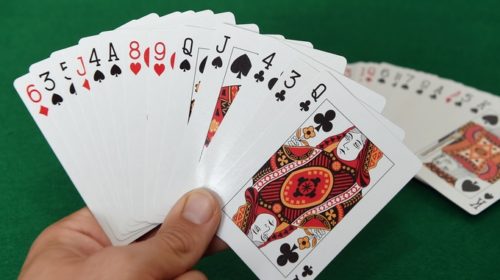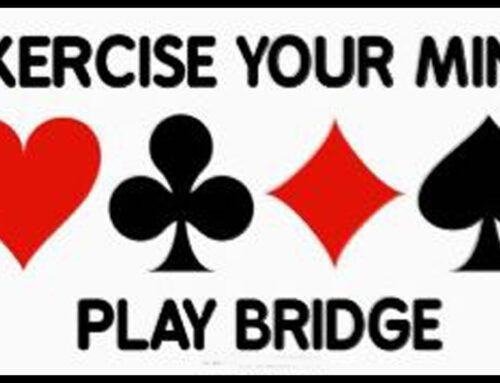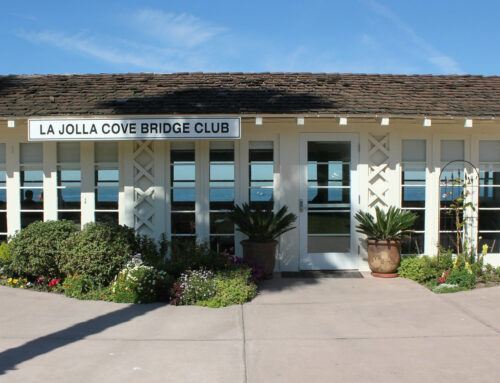You would think that with those kinds of numbers, the card game called bridge would also be getting a lift. But think again.
According to the American Contract Bridge League, 25 million Americans over the age of 18 know how to play bridge. These people are well educated (79 percent have a college degree), affluent (the average income is $62,000 per year), primarily white (71 percent) and older (the average age is 51). Of these 25 million adult bridge players, only 3 million play the game at least once a week. This is a huge decrease from the 1940’s when 44 percent of American households had at least one active bridge player.
Bridge should be popular. It’s an elegant game, full of strategy and tactics. It’s part science, part math, part logic, part reason. But a huge component of bridge is also very human. This melding of the former with the latter is what sets bridge apart, not only from other card games, but also from board games like chess. While computers can now routinely beat all but a handful of chess grandmasters, they can’t come close to outplaying the world’s finest bridge players. Why is this? Because computers can understand math, but they can’t understand people — at least not yet.
Bridge is a partnership game. Above all else, a successful bridge player must be a great partner. Trust, communication and patience are the essential attributes of winning at bridge. Once a strong partnership is formed, it provides a platform for individual creativity, allowing players to inject their own personalities into the game.

 By
By 

Leave A Comment
You must be logged in to post a comment.